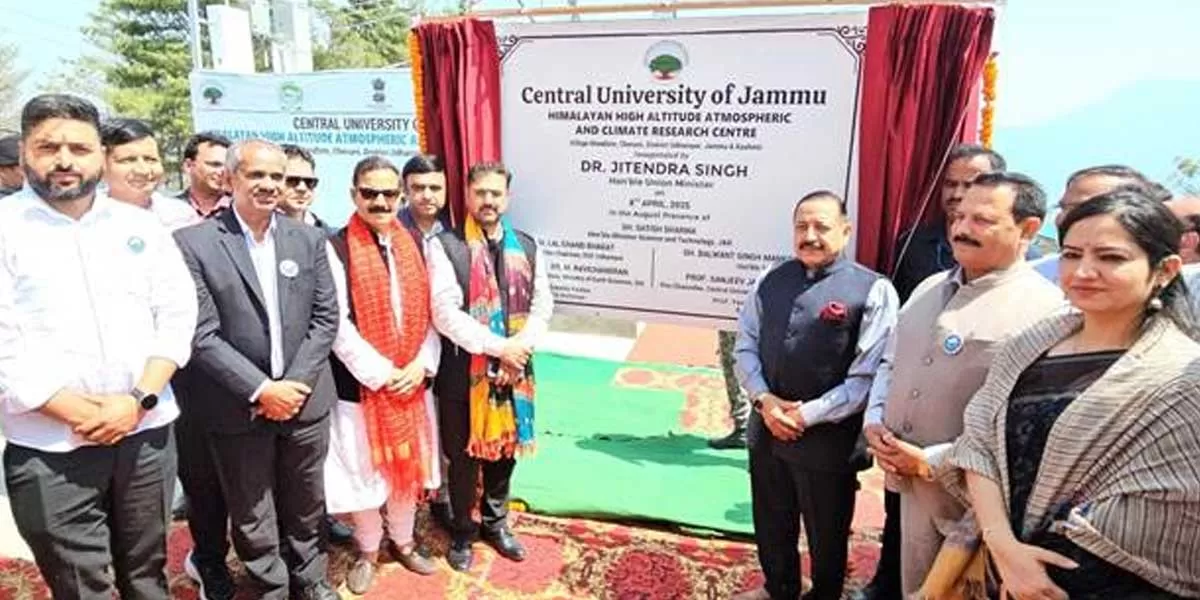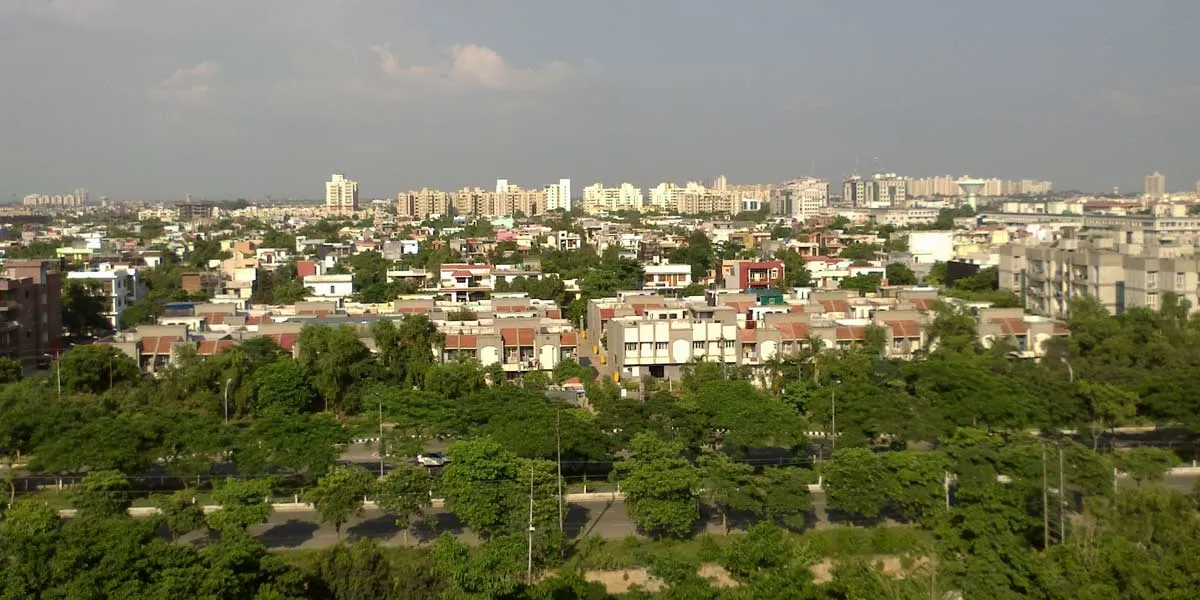
India Opens First High-Altitude Climate Centre in Himalayas

Noida Airport Nears Completion, Flights May Begin in June
Work on the Noida International Airport in Jewar, Uttar Pradesh, is progressing swiftly, with authorities aiming to complete the first phase by the end of May and commence flight operations in the first week of June.On Tuesday, Gautam Buddh Nagar District Magistrate (DM) Manish Kumar Verma conducted an inspection of the construction site, focusing on the ongoing development of an 8-km-long, 30-metre-wide emergency road being built by the National Highways Authority of India (NHAI). The DM reviewed the progress and instructed NHAI officials to accelerate the pace of work to meet the timeline.Th..

Greater Noida to Build 750-Acre Smart Industrial Township
Aiming to provide enhanced safety, an efficient traffic management system and seamless delivery of essential services through advanced technology, a new integrated industrial township covering nearly 750 acres will be developed near the Noida International Airport. Officials stated that smart city-like features will be implemented, with all civic services operated through a centralised digital system. “A modern Command and Control Centre will be established to monitor and manage key services such as electricity, water, waste, traffic and security. Around 140 high-definition CCTV and Automat..

State to Fund 2 New Stations on Pune Metro’s Swargate-Katraj Line
The Pune Metro project has received a major boost, as the state government has committed to funding the additional cost of Rs 6.83 bn for two newly proposed stations—Bibwewadi and Balaji Nagar—on the Purple Line’s Swargate to Katraj extension. This 5.464-kilometre underground corridor is part of Pune Metro’s ongoing expansion efforts. The proposal for the two stations was originally put forward in January 2025 by Maharashtra’s Urban Affairs Minister, Madhuri Misal. The inclusion of Bibwewadi and Balaji Nagar stations aims to alleviate persistent traffic bottlenecks in the city, offe..














